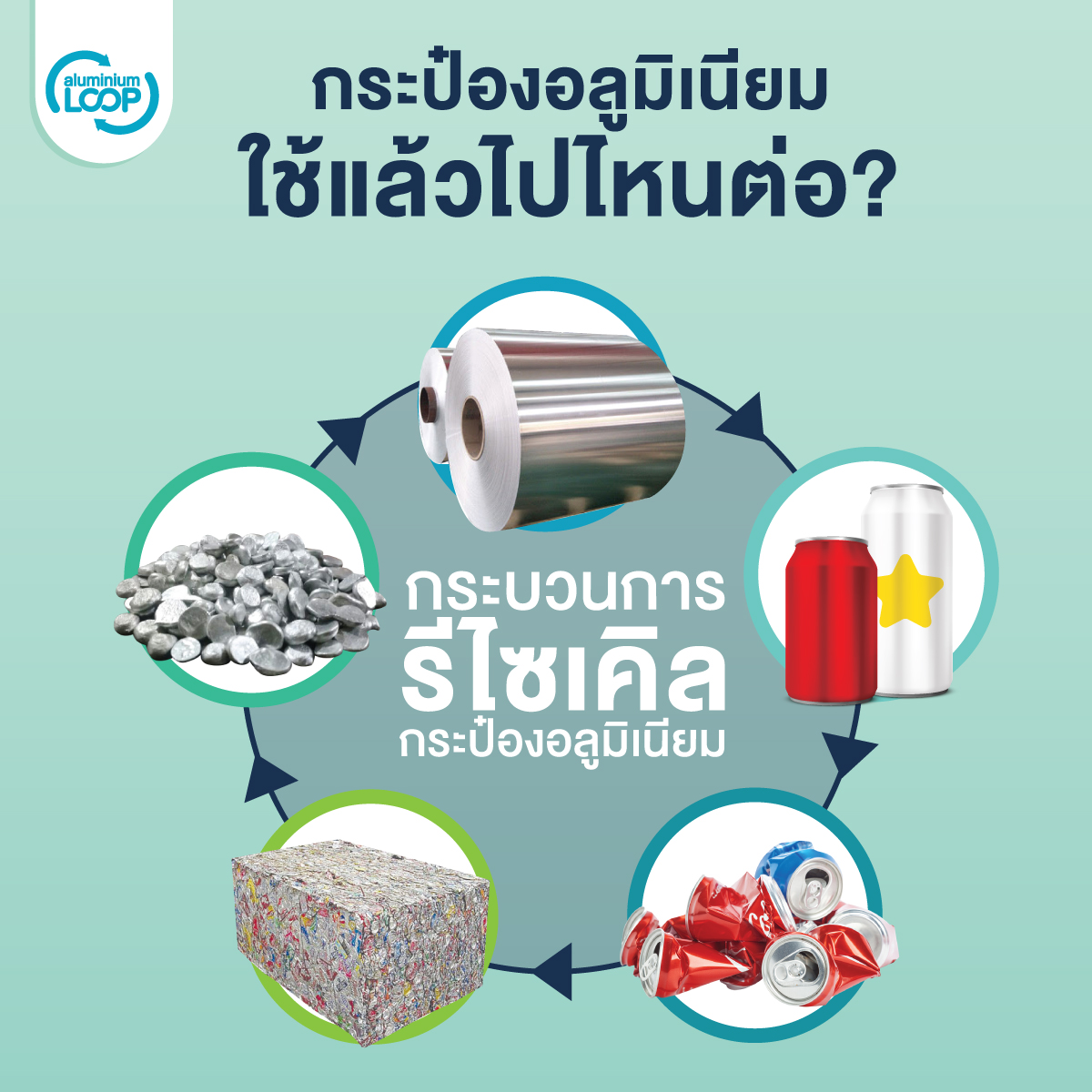
Where Do Used Aluminium Cans End Up?
Ever wondered where used aluminium cans go next? Most people tossed them in the trash without knowing they can be recycled into new cans for us to use again.
Today, humans use a significant amount of natural resources for personal and communal benefits, which has created impacts and damages to the world that are hard to reverse to its once plentiful state. The solution going forward must be to find ways to use the existing limited natural resources as efficiently as possible. The Circular Economy is a system designed to address this issue, and it is gaining global attention.
A Circular Economy is a system designed to renew or give new life to materials throughout a product’s lifecycle, to use natural resources efficiently and cost-effectively, and to extend the lifespan of these resources as long as possible. This approach should not harm the environment and should generate the least amount of waste possible, to allow for the continual circulation of resources, such as reducing the use of toxic chemicals, using advanced product design techniques to prevent waste, and so on. It also focuses on conserving natural resources and balancing the extraction of new natural resources.
The fundamental principle of the Circular Economy is simple: to continuously extend the life of existing resources to meet production demands for consumption, without unnecessarily depleting the already dwindling new resources.
Natural resources are being depleted every day due to unchecked consumption which has impacted the environment, causing biodiversity loss and increased greenhouse gases from production processes. As the population continues to grow, so does the demand for consumption. If humans keep using resources without planning, we might quickly reach the limits of natural resources, leading to a collapse of production sectors and potential human extinction.
The Circle Economy Foundation reported in the Circular Gap report 2020 that the global economy currently operates at only 8.6% circularity, a decrease from 9.1% two years ago. The decline is due to 3 main factors:
As a result, many businesses are trying to implement Circular Economy principles to reduce environmental impact and aim for sustainability now and in the future.
We have 5 business model examples from the Circular Economy to consider:
The movement towards a Circular Economy is gaining global attention from leaders around the world, for example:
European Union (EU), starting from 2012 as reported in “Towards the Circular Economy,” stated that adopting a Circular Economy could save up to $630 billion a year in material costs by 2015. In 2018, the EU announced the “Circular Economy Action Package,” aiming to reduce plastic waste, landfilling, and increase recycling, focusing on the development and reuse of plastic products, with the goal that by 2030, all plastic packaging should be reusable.

Netherlands has been implementing Circular Economy policies since 2016, aiming to reuse all raw materials by 2050 and reduce the use of primary raw materials by 50% by 2030. It’s estimated that by 2023, the Circular Economy will create a market worth over $7.3 billion a year and generate more than 54,000 jobs.
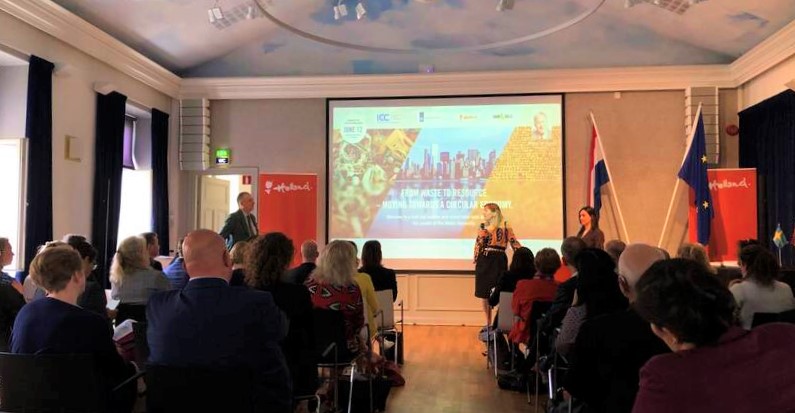
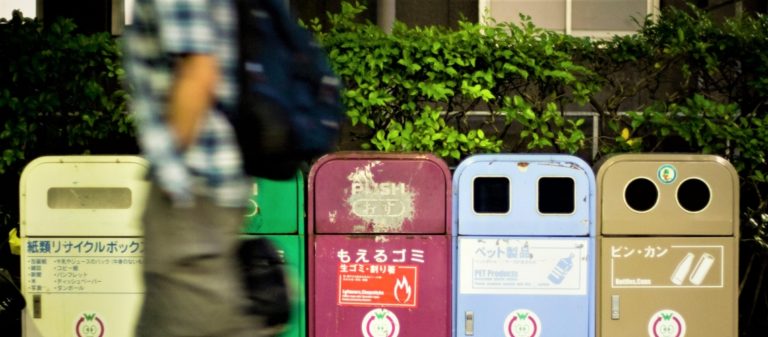
Thailand has the BCG Model (Bio-Circular-Green Economy Model) as a ‘national agenda’ in 2021 to adopt the Circular Economy and move Thailand towards sustainable development goals. This economy model includes:
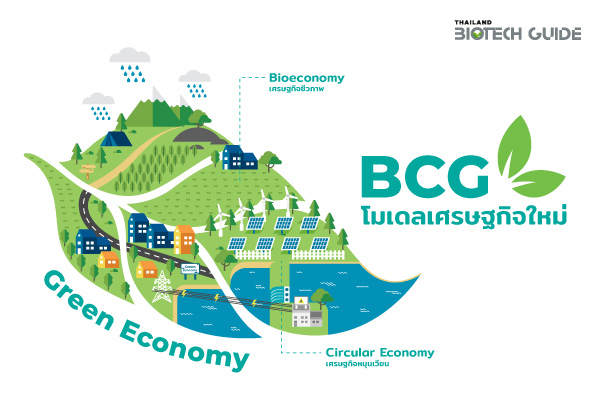
The BCG Model shall be implemented through 4 platforms to drive economic value creation:
Moreover, it’s projected that investment in the BCG economy in Thailand will be around 760 billion baht over 10 years (2021-2030).
Every sector is striving towards sustainability, which may not solve all environmental impacts but aims to mitigate and avoid further damage. Thus, the Circular Economy concept has emerged to maximize the benefits and value of our limited resources.
Thanks to valuable information from the Carbon Market and Innovation Promotion Office, Greenhouse Gas Management Organization (Public Organization).
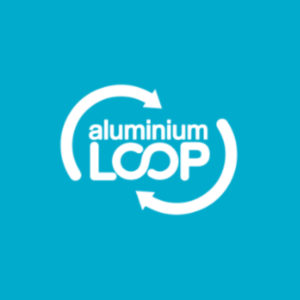

Ever wondered where used aluminium cans go next? Most people tossed them in the trash without knowing they can be recycled into new cans for us to use again.
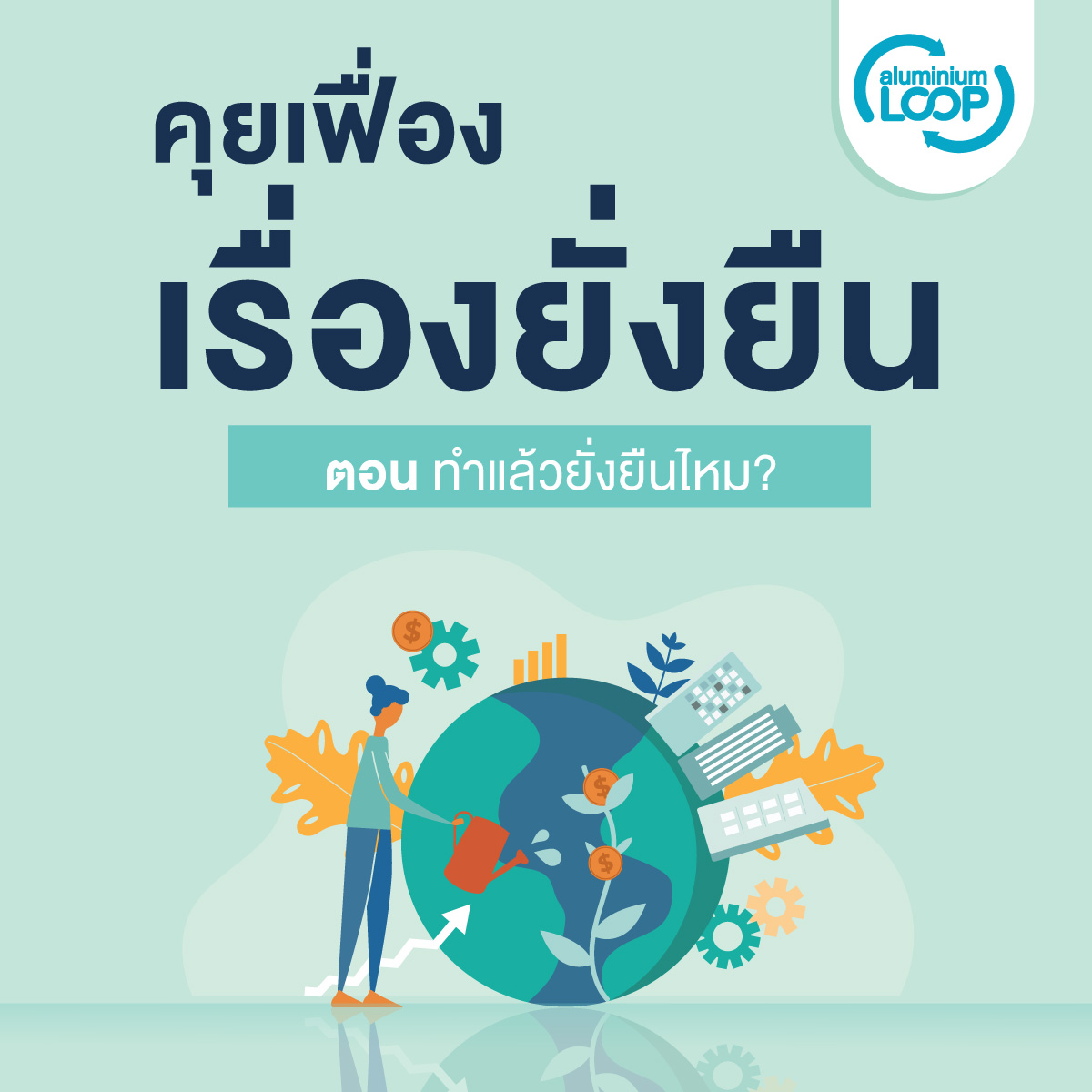
We all want businesses and industries to last forever sustainably, but are our daily actions truly leading to sustainability?

Canned water with sales exceeding 20 billion baht. A daring and unconventional brand with an edgy image that has gained widespread acceptance.